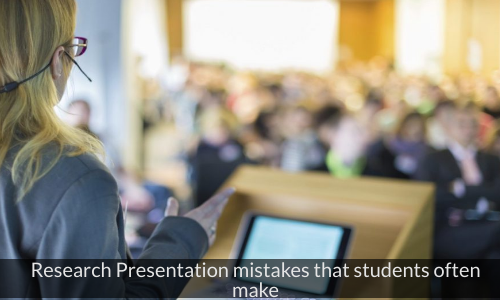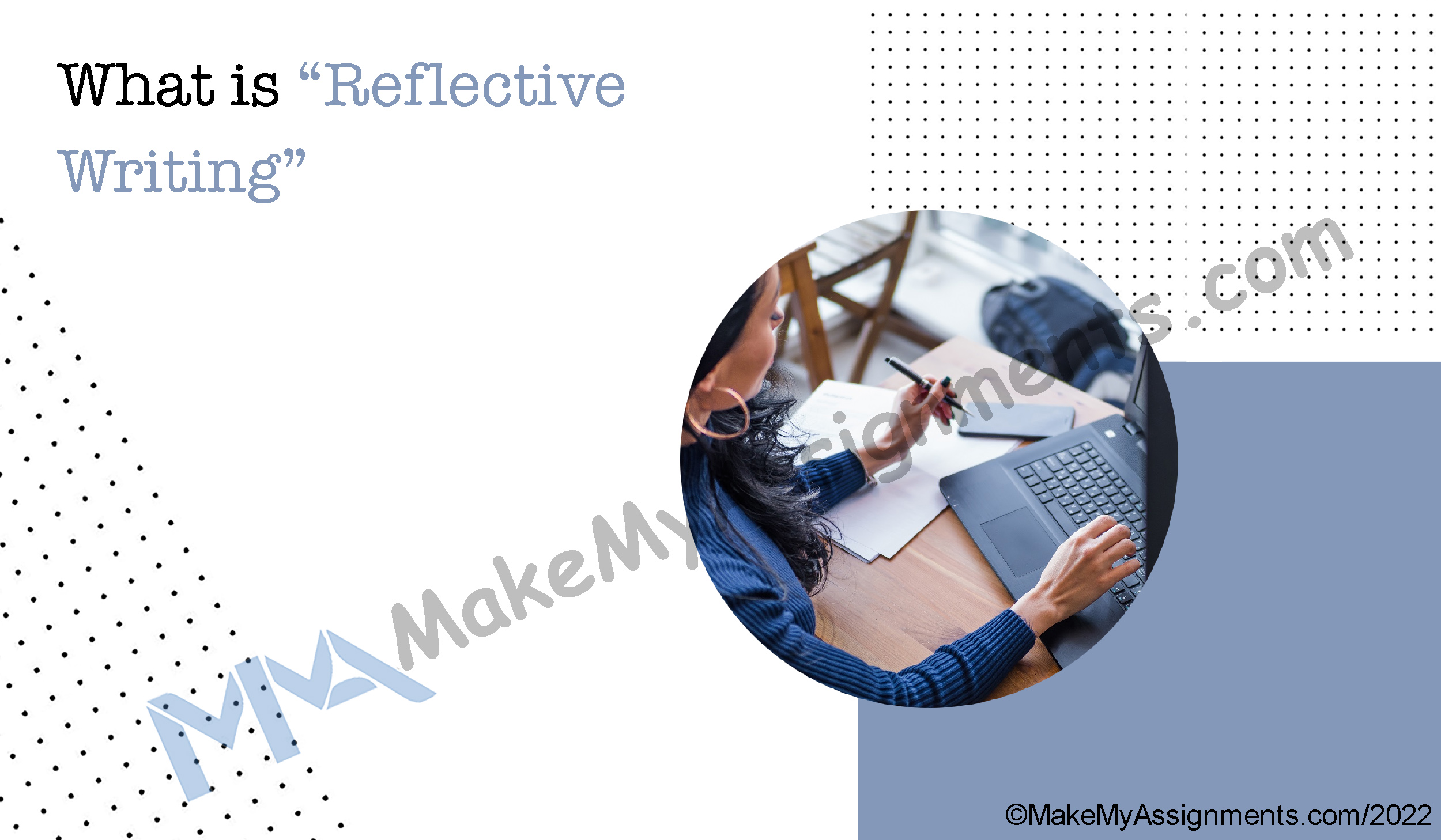
Research Presentation mistakes that students often make
Academic research presentations are basically meant for the faculty, fellow graduates or researcher members, and are often termed as internal presentations. These types of presentations are different from those given daily in business meetings and conferences, and for this reason, the research presentation differs from the business one. The internal presentation talks about your view as a researcher, expresses your viewpoint to your peers, and explains the whole agenda of your research by providing an exuberant outline.
With the help of this post, we would like to highlight some of the mistakes that students make during their presentation.
Presenting a research paper instead of a research presentation
Most of us misunderstand the meaning of a research presentation and often regard it as a reading session of their research paper. This makes the things end up on a very bad note with a lot more unnecessary information, painful and boring concepts, details and definitions that can be easily avoided. Your presentation then seems to be like an endless parade of slides depicting irrelevant facts, definitions, concepts, and statistics which make no sense to the readers, leaving them with a bit bored and confused notion. This further creates chaos between the content presented, leading to problems involved with the main research arguments. This often makes you look unprepared, lost and tangled in the web of your concepts that lack fruitful dimension and results.
Racing through the statement of purpose
Many times, the research students are so excited to get to the finding and a data portion that they end up omitting mistakes like including details on the statement and explanation of the research problem itself. Remember that the details on the pertinence of your research paper matter as much as your findings. If the people reading your research do not understand the problem you are tackling with or what is the purpose behind your research, then the chances are that they would not be able to grab the implications of your work as well. The data findings, exercises, and conclusions are just a part of some plain-bland English statement until and unless you establish its context. Your result needs to be interpreted in terms of what it means to the subject, how it will serve the purpose of an existing or future research, which industry will it tend to benefit; or is it just some another research paper floating into the sea of thesis. So it is important for you to establish the role of your findings, its usefulness and appropriateness to the existing field to make your research paper look valid and relevant. It further helps you to open the dimensions of the scope for further research on an industry-wide scale by highlighting some of its open questions. The ones involved in completing their research paper should make sure that they leave an open question in the end to maintain a research scope.
Endless theory, no empirics
It isn’t very easy for students to balance the right amount of their theory against the literature survey. If the content included in your theory is too less for the research, then it can take away the actual substance from your research paper. On the other hand, including too much information would mean that you have included everything available on the internet just a day before the submission. Most of the students devote over 50% of their presentation time in only explaining the underlying theory of their research. This might make them look good in presenting the story, but somehow their overall presentation would become lacklustre. This even takes away from you the essential time that could have been spent on talking about your research, practices, experience, findings and its further implications. It would help if you established a common level of theoretical understanding amongst your readers that makes them aware of all the necessary arguments. All you need to do is to reiterate your theory and the existing literature part endlessly. Remember that you are not involved in some session to defend your research proposition. You are putting forth your research presentation and conclusion, and its impact on future use.
Reading right from your research paper
The students should always remember that there is a difference between the tone of a research paper and one used for presenting your paper. So if you read the exact text from your research paper, it would make you look unprepared in front of the supervisor or audience. It even makes you fall amidst the bunch of entangled details. This can also take away the directionality and preciseness of your research presentation. It is very important for you to take time and prepare your verbal explanation well in advance so that you are not embarrassed before the supervisors. This can even lead you to a confusing scenario, where reading the text straight out form your paper can also make your brain move critically towards the direction of visual texts and presentation; creating a bit chaos between the verbal and visual context.
Unprepared for Viva
Even the ones who prepare and well rehearse for their presentation often fail to present it and deliver it in the most smooth way during the viva time. A good question round tends to depict your overall performance, establishes your understanding, and conceptual clarity along with an ability to understand the application of your research. Most of the academicians and judging panels often like to test the students with tricky and harsh questions that can even act as an intangible portion for your presentation. At times the question is framed in a manner that its real essence can’t be understood. And there are situations when even the most straightforward question can hit your nerves if it’s delivered in a belittling and stern tone. The best solution for this is to remain calm during the presentation. Do not try to answer your questions instantaneously.









